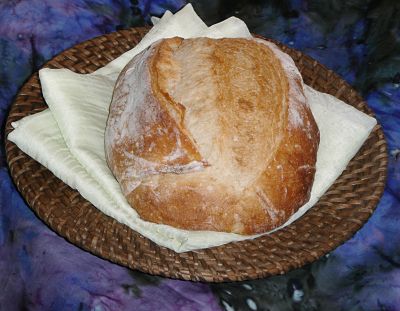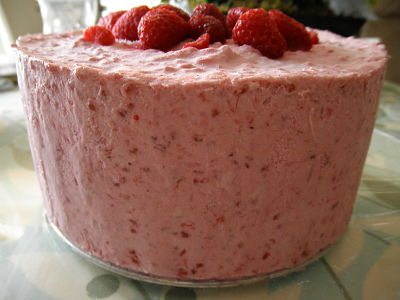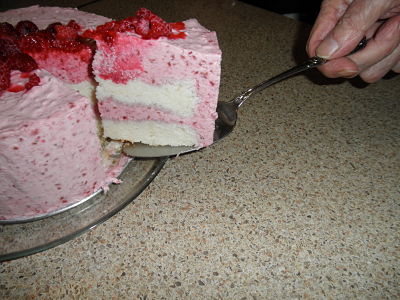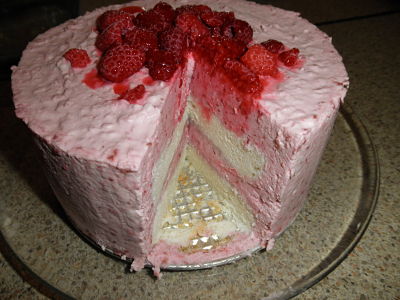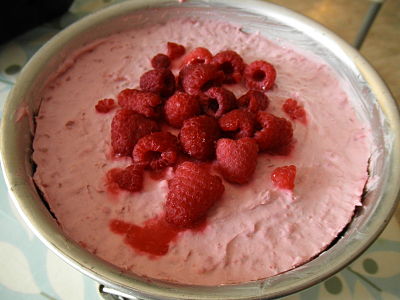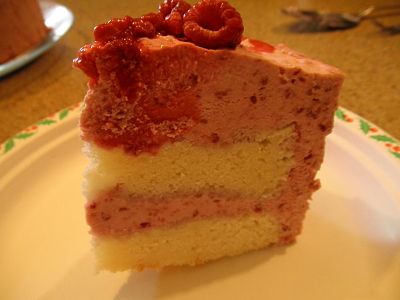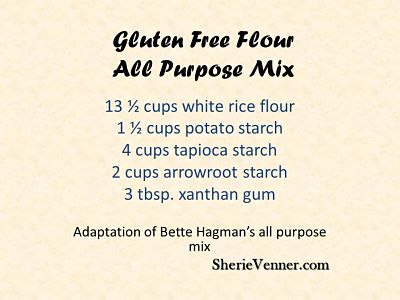Today we have a very special treat, a savory 3 cheese gluten free bread recipe brought to us by Kaelie Ann Huculak Belanger.
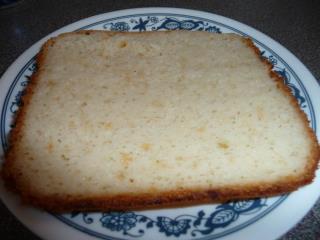
The Importance of a Bread Maker in Making Gluten Free Bread
For 2 years, I tried making gluten free bread without a bread maker. The results were less than consistent. As someone who had been very well known for making whole wheat breads, pumpernickel bread, cinnamon buns and more, it was frustrating.
That all changed when my husband said “Enough! Try a bread maker!”…..and so I did and the results improved beyond measure! I think that a bread maker makes such a big difference because it is such a controlled environment!
I use a Zojirushi bread maker and the recipe that Kaelie has so graciously made for us is done in a Cuisinart convection bread maker CBK-200C. As you know, the results might be different in your machine, so adjust according to your manufacturers instructions!
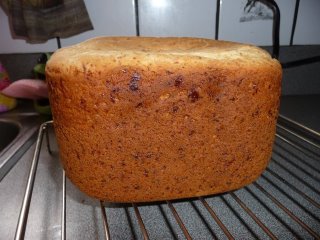
3 Cheese Gluten Free Bread
by Kaelie Ann Huculak Belanger (pictures are from Kaelie, as well!)
Makes a 2 pound loaf
1 3/4 cups Lowfat milk or milk substitute (almond breeze, rice dream, coconut milk etc) room temp 80-90f
3 tbsp extra virgin olive oil
2 large eggs at room temperature (can place them in a hot bowel of tap water for 5 to ten min for food safety)
3 tbsp liquid honey
1 tsp cider vinegar
1 1/2 tsp sea salt
4 cups of all purpose gluten free flour mix
3/4 tsp of gelatin (this is optional but highly recommended for texture purposes)
1/3 cup plus 2 tbsp shredded cheddar cheese (medium or old)
1/3 cup plus 2 tbsp shredded mozzarella
1/4 cup of grated parmesan cheese
2 1/4 tsp instant yeast (Fleischmann’s)
Putting the Gluten Free Ingredients Together
Add the milk, eggs, oil, vinegar and honey to the bread pan fitted with the kneading paddle. Stir all remaining ingredients together (except for the yeast) in a separate bowl to have even distribution of the ingredients.
Add the mixed dry ingredients to the bread pan and make a small indentation in the top of the dry ingredients with thumb or spoon (not too deep).
Place yeast in your indent.
Place the bread pan in your cuisinart.
Press menu and select your gluten free option.
Press crust and select desired crust to taste (light, medium or dark); I chose Medium.
Press loaf and select 2 pounds.
Press start to get your bread started.
During kneading, scrape the sides of your bread pan (using a rubber spatula) to get any crumbs or ingredients sticking on the side. When cycle is complete after approximately 2 hours and 44 minutes, remove bread from machine.
Immediately slide it out of the pan on your cooling rack to prevent sweating or soggy bread. Allow to cool for at least half an hour. Then cut and enjoy this heavenly bread!
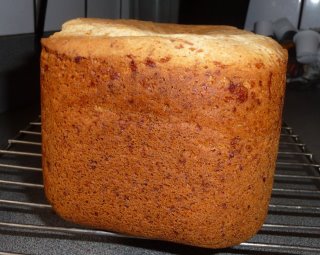
Extra Notes About the 3 Cheese Gluten Free Bread Recipe
- Make sure all ingredients are at room temp even the cheeses
- The gelatin helps create the proper texture and moisture and the cider vinegar works as a natural preserving agent
- Very healthy and nutrient rich bread
- Can use lactose free cheeses and or grated soy cheese for those with dairy allergies
Enjoy! Thank you, Kaelie, for this great recipe!
What is your biggest challenge in going gluten free?

